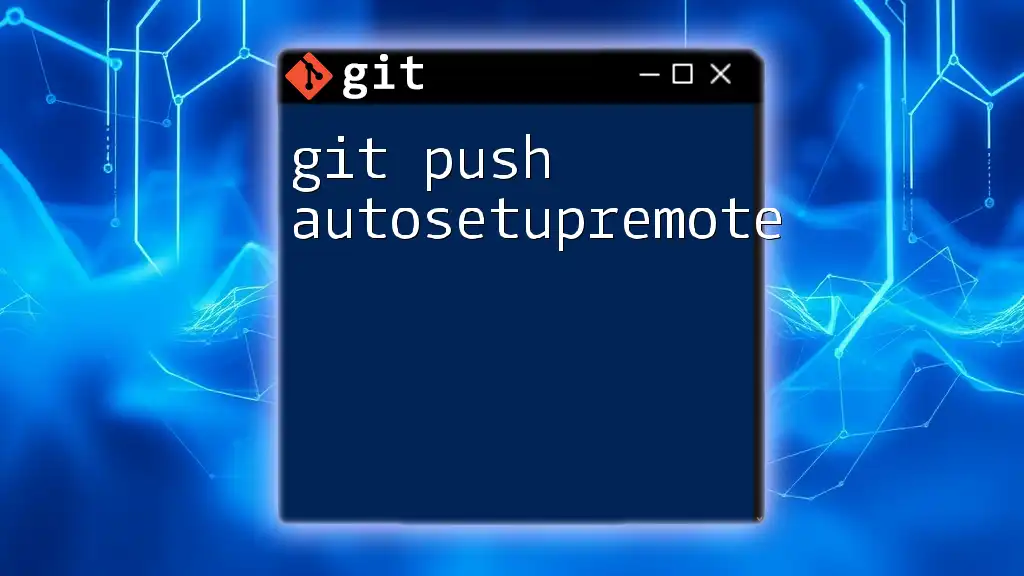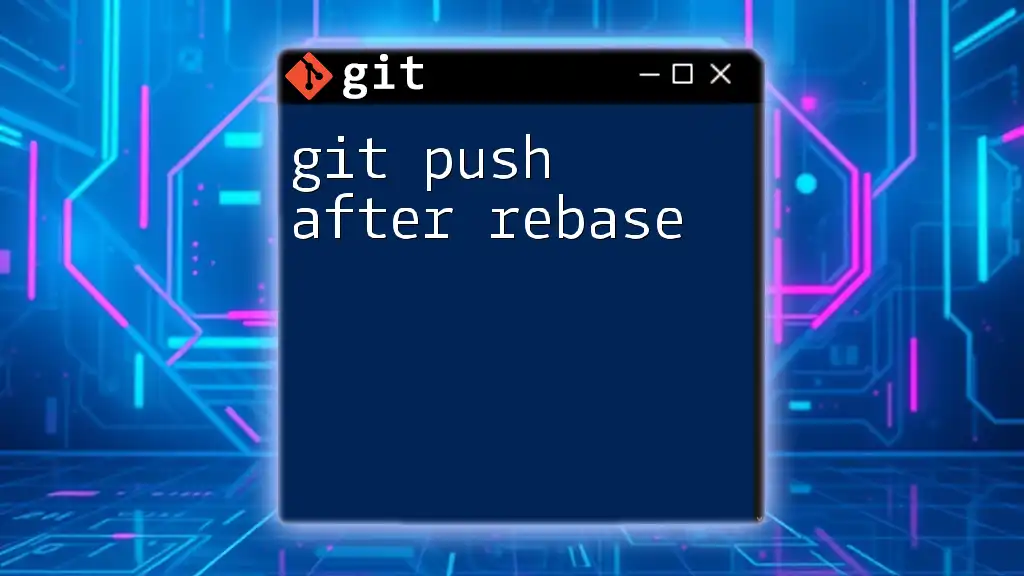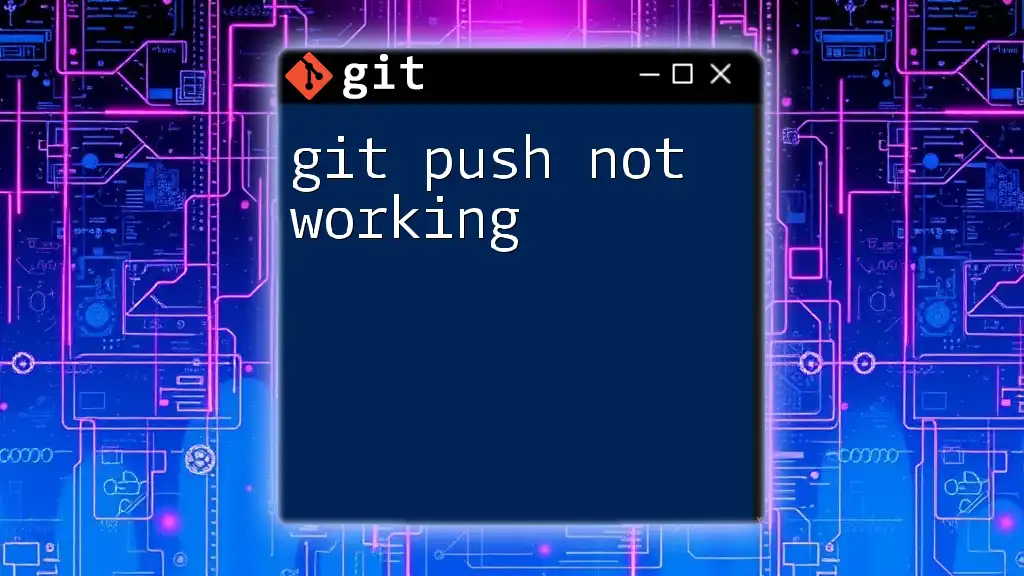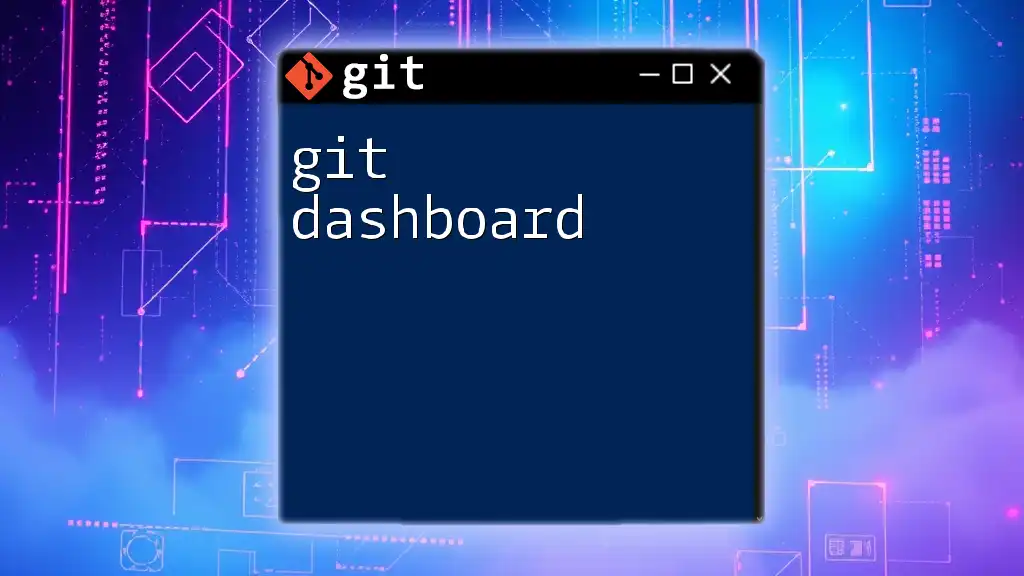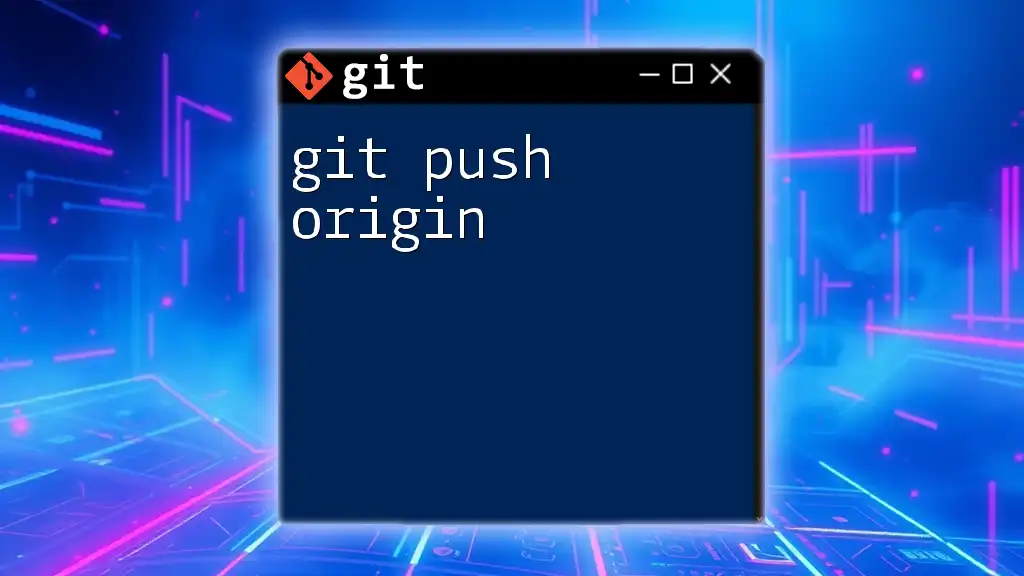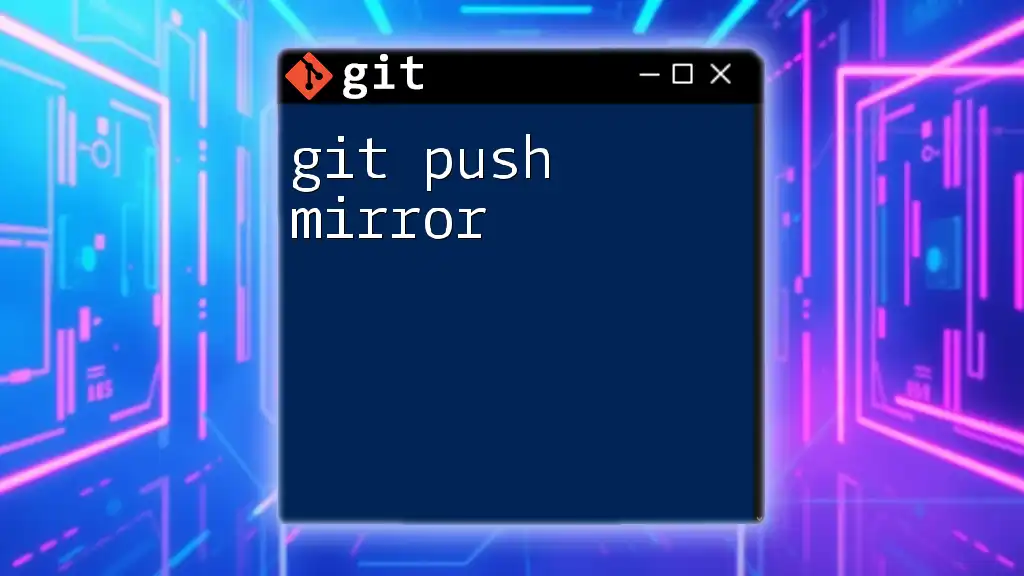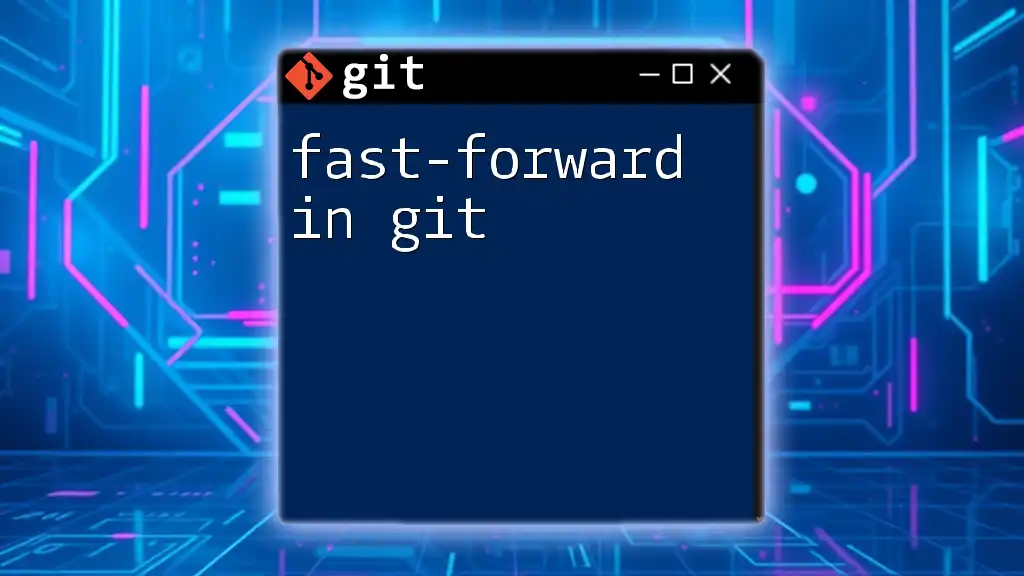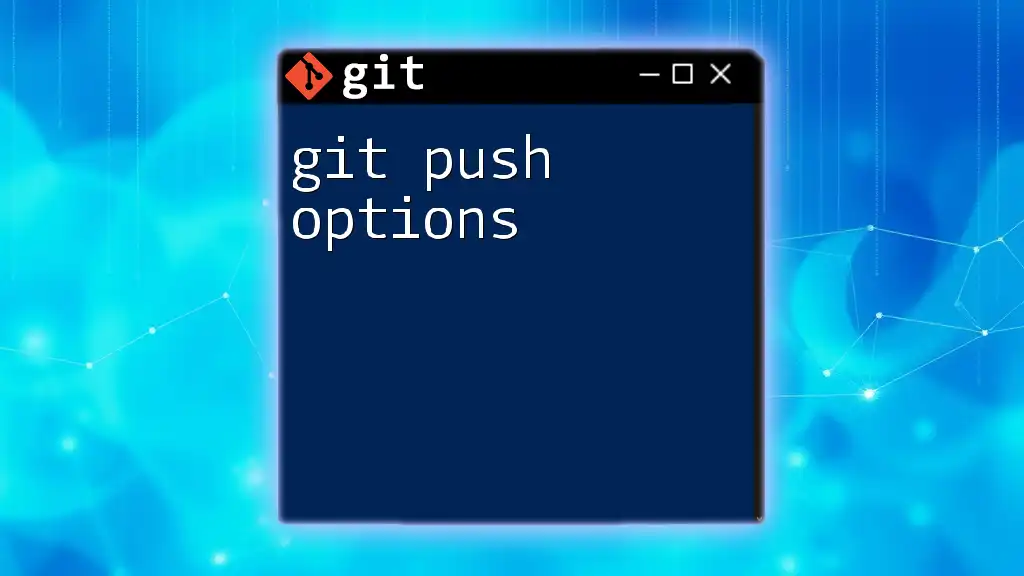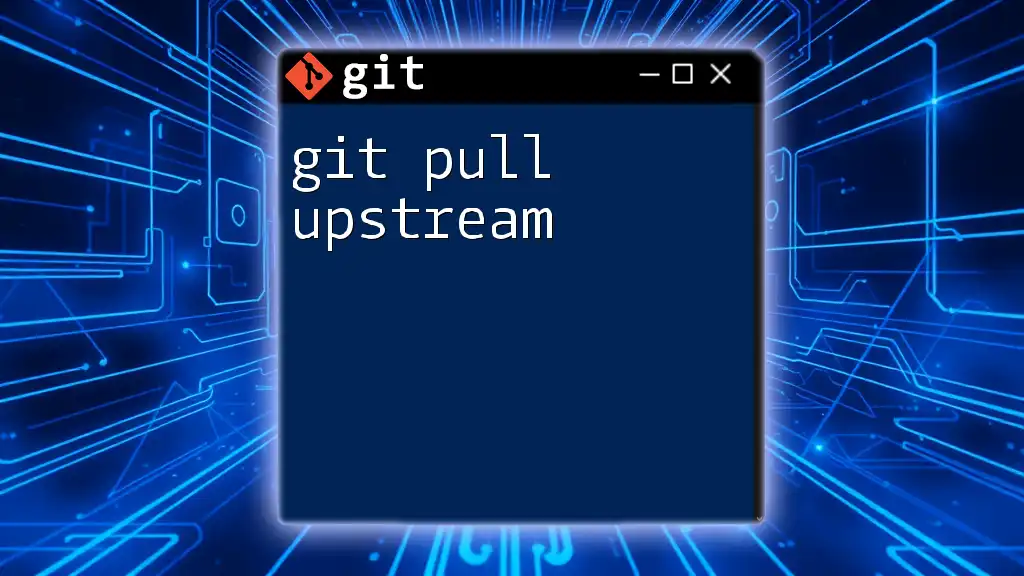Certainly! A "git push fast forward" occurs when the local branch can be merged with the remote branch without creating a merge commit, meaning your changes are added directly to the most recent commit.
git push origin <your-branch>
Understanding Git Push: An Overview
What is Git?
Git is a powerful version control system that allows developers to track changes, collaborate on projects, and manage their codebase efficiently. As a distributed system, each developer has a full copy of the repository, empowering teams to work independently while still keeping track of all changes in the code.
Introduction to Git Push
The `git push` command is a fundamental aspect of Git that enables users to upload local repository content to a remote repository. When you push your code, you share your changes with others, integrate your work into a common project, and reflect any updates made by your collaborators.
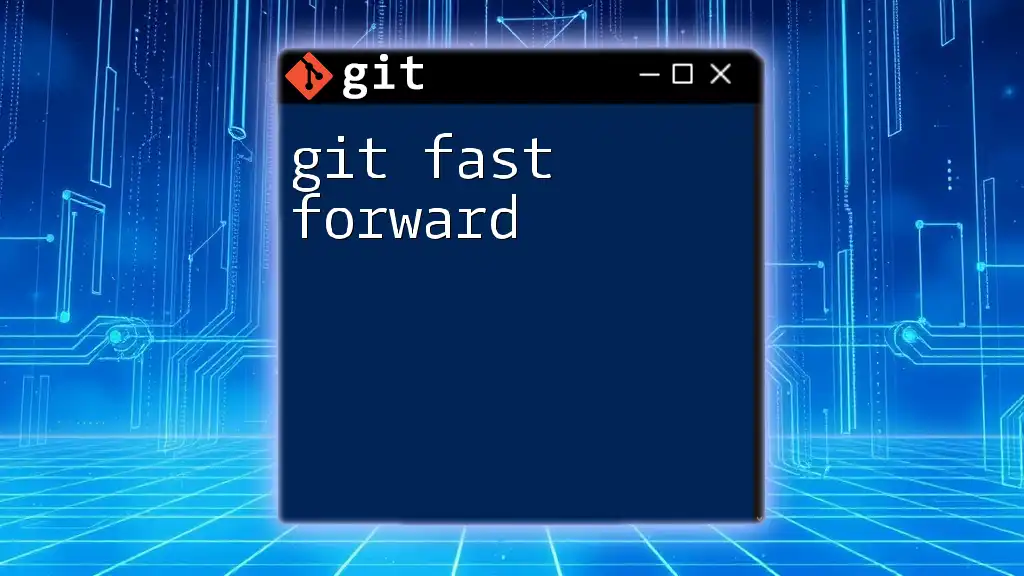
What is a Fast-Forward Merge?
Definition of a Fast-Forward Merge
A fast-forward merge occurs when there are no diverging changes between branches. Essentially, it allows Git to move the branch pointer forward to include all the new commits from another branch without creating additional merge commits. This results in a clean and linear commit history.
How Fast-Forward Works in Git
In Git, a fast-forward happens when the current branch is behind the branch being merged. For example, if you're merging a feature branch into the main branch and the main branch has not progressed beyond the last common commit, the main branch can be "fast-forwarded" to incorporate the changes directly.
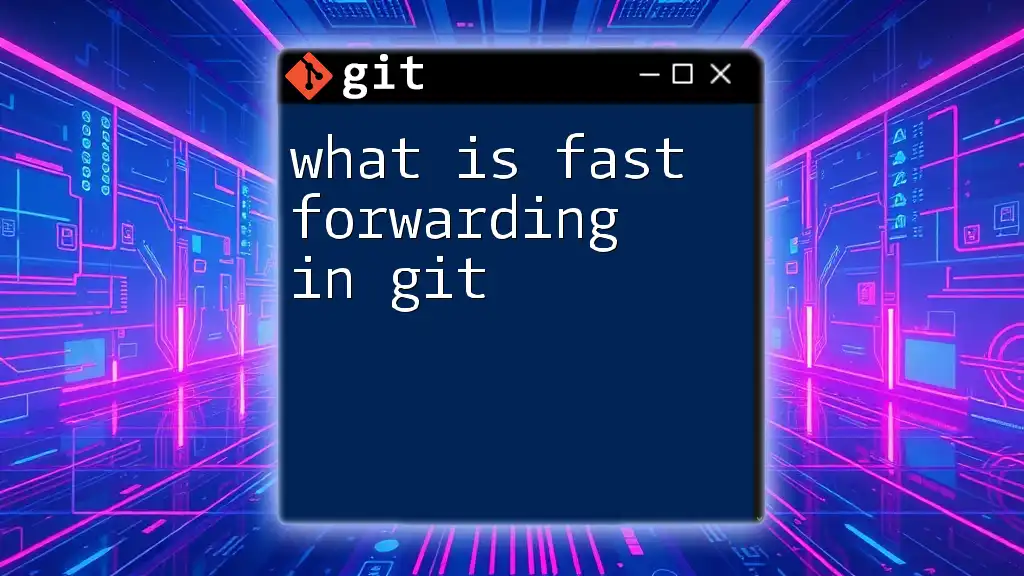
Conditions for Fast-Forward Pushes
Branches and Commits
For a fast-forward merge to occur, certain conditions must be met:
- No diverging changes: The current branch must be up to date with the base branch.
- Linear history: All commits on the feature branch must be descendants of the current branch.
Example Scenario
Consider two developers, Alice and Bob, who each have a personal branch based on the main branch. If Alice commits changes to her branch after the initial split and Bob does not push any changes, Alice can effortlessly push her changes back to the main branch.
For example, let's visualize the commit history:
A -- B -- C (main)
\
D -- E (feature)
If Alice is the only one working on the feature branch, she can push her changes to main using a fast-forward merge, as there are no conflicting updates in the main branch.
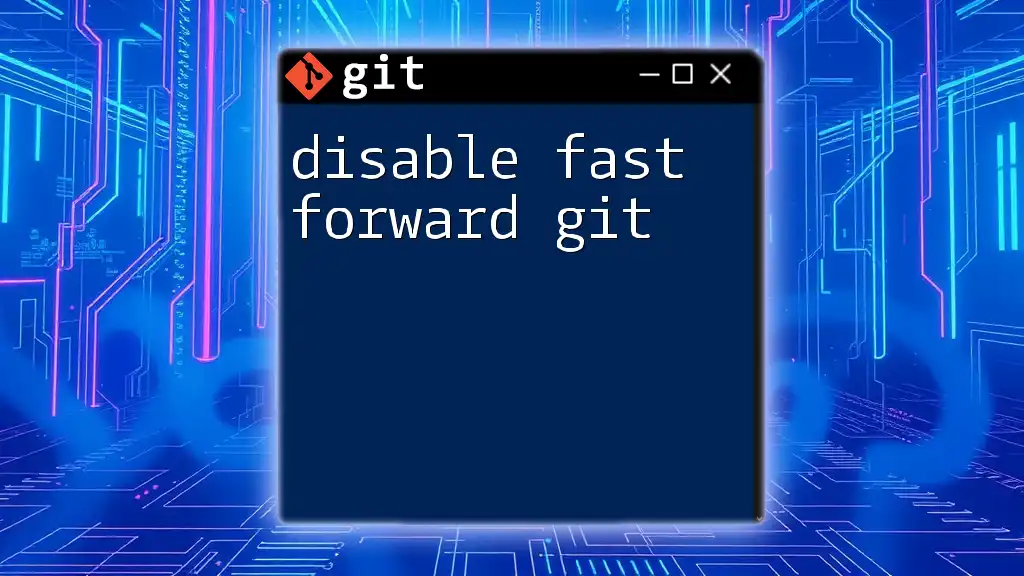
How to Perform a Fast-Forward Push
Preparatory Steps
Before performing a fast-forward push, it’s essential to ensure that your local repository is current. Start by pulling the latest updates from the remote repository to avoid any discrepancies:
git pull origin main
Next, check your branch status to confirm your changes:
git status
Executing the Fast-Forward Push
Once you have confirmed that your local branch is ahead and there are no conflicts, perform the fast-forward push with:
git checkout main
git pull origin main
git push origin main
This sequence will ensure you are on the correct branch, up to date, and ready to push your changes seamlessly.
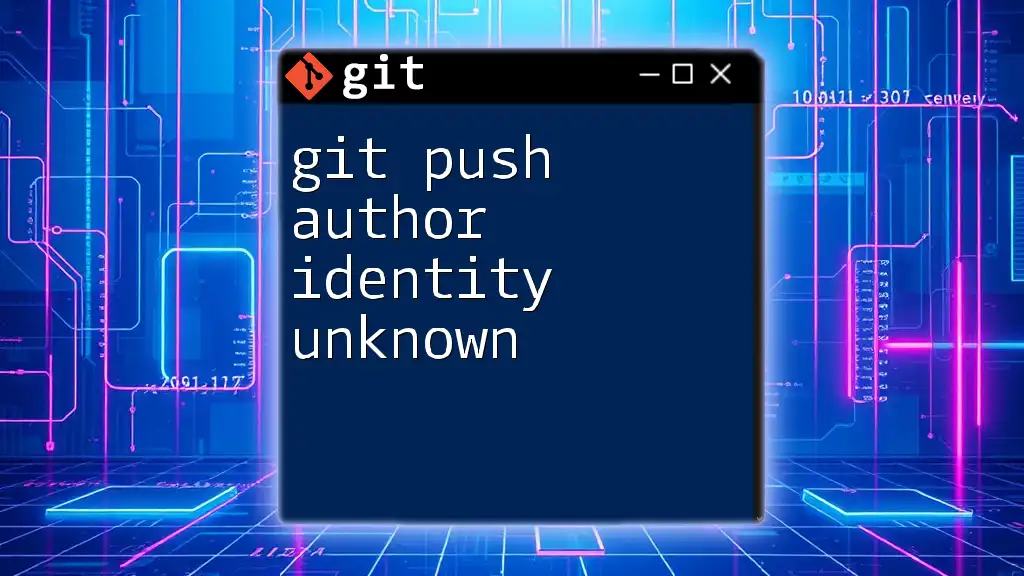
Handling Fast-Forward vs. Non-Fast-Forward Scenarios
Recognizing Non-Fast-Forward Pushes
Sometimes, a push will be rejected due to non-fast-forward scenarios. This typically occurs when the remote branch has new commits that your local branch does not yet have. You might see an error similar to:
error: failed to push some refs to 'origin'
hint: Updates were rejected because the tip of your current branch is behind
hint: its remote counterpart.
Resolving Non-Fast-Forward Pushes
To resolve this, you will need to bring your local branch up to date with the remote branch. You can do this using either a merge or a rebase. The merge will create an additional commit while rebasing will rewrite your commit history neatly:
git fetch origin
git merge --ff-only main
# or if using rebase
git rebase origin/main
After successfully merging or rebasing, execute:
git push origin main
And your changes will push successfully, maintaining a clean history.

Best Practices for Fast-Forward Merges
When to Use Fast-Forward Merges
Fast-forward merges are particularly recommended in collaborative projects where clean commit histories are essential. They work best when teams are regularly updating their feature branches to reduce the chances of diverging changes.
Why You Should Consider Regular Fast-Forwards
Keeping merges fast-forwarded helps maintain a linear project history, making it easier to read and follow. It also enhances collaboration among team members, as it reduces the chances of complex merge conflicts that can arise from multiple divergent branches.
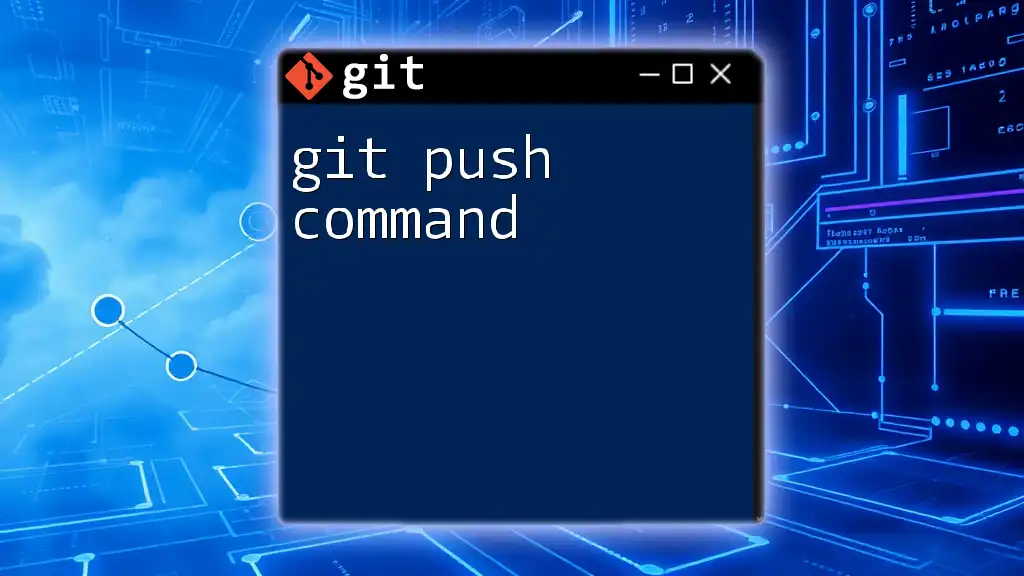
Conclusion
Key Takeaways
Understanding the intricacies of a git push fast forward is vital for any developer looking to master Git workflows. Knowing when and how to perform fast-forwards can streamline collaboration and simplify the management of project history.
Final Thoughts
Practicing various git commands will help you become proficient and confident in using Git effectively. Explore the command line, experiment with different scenarios, and share your experiences. What challenges have you encountered with fast-forwards? Your insights could help others in their Git journeys!
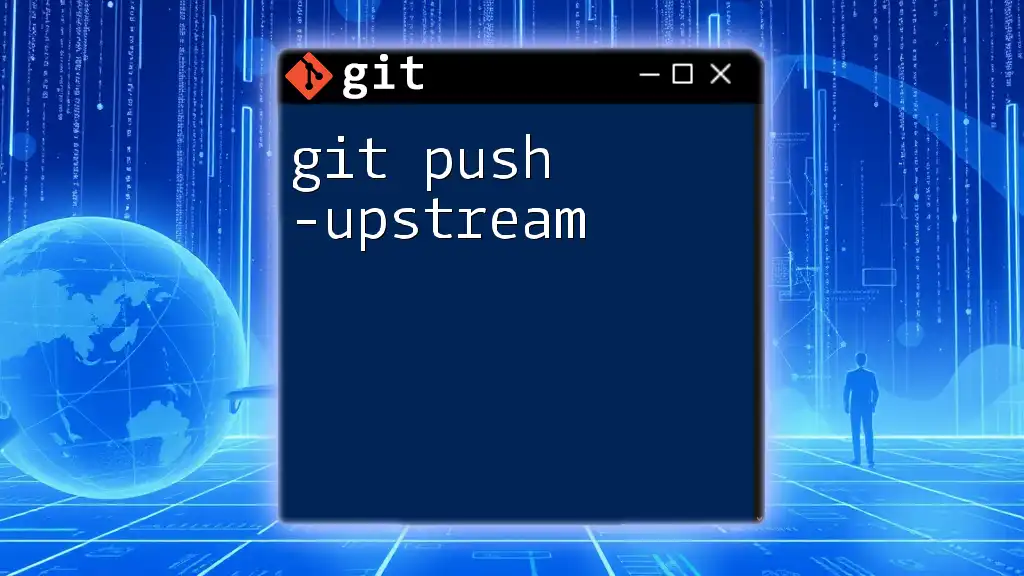
Additional Resources
Further Reading
To deepen your understanding, consider exploring the [Git official documentation](https://git-scm.com/doc) or refer to well-regarded Git books and tutorials tailored for all skill levels.
Community Engagement
Join Git-related forums and GitHub repositories to engage with other developers and practice your skills collaboratively. Connecting with like-minded individuals can enrich your understanding and provide valuable hands-on experience.







